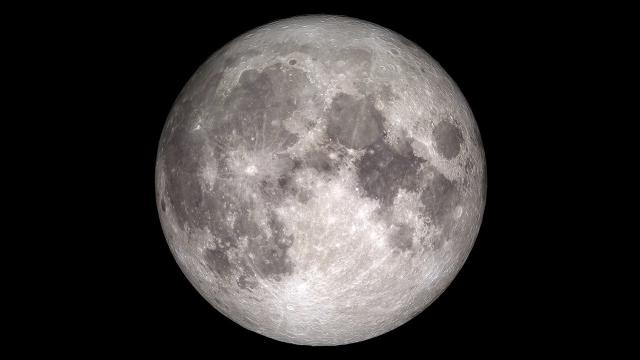In recent updates regarding NASA's ambitious Artemis Moon program, it has been announced that U.S. astronauts won't make their return to the lunar surface until September 2026 at the earliest, due to safety and technical concerns. This revised schedule pushes back the Artemis II crewed mission to orbit the Moon to September 2025, while the subsequent Artemis III mission, which aims to land on the Moon, has been delayed until at least September 2026. Additionally, the Artemis IV mission is currently planned for a 2028 launch.
The adjustments come after the maiden flight of the Artemis I mission in November 2022, where the uncrewed Orion spacecraft successfully completed a journey around the Moon. However, unexpected damage was found on Orion's heat shield, alongside technical faults in hardware for the upcoming missions, prompting NASA to allow more time to ensure astronaut safety and refine essential technologies. This delay also provides more development time for commercial partners such as SpaceX to prepare the necessary equipment for the endeavor.
NASA is prioritizing safety as they continue to aspire for a sustainable human presence on the Moon and eventually Mars. The agency is currently addressing the issues from Artemis I and fine-tuning hardware for the future missions, ensuring that risks are mitigated. This cautionary approach underscores NASA's commitment to pushing the boundaries of space exploration without compromising the well-being of its astronauts.
Why has NASA delayed the Artemis Moon missions?
NASA delayed the Artemis Moon missions due to safety concerns and technical challenges that emerged during the Artemis I mission. They include unexpected damage to Orion's heat shield and design faults in the hardware for Artemis II and III missions. The agency is taking extra time to analyze these issues and ensure that all systems are reliable for the safety of the crew.
The Artemis program is NASA's next step in human exploration of space, intended to land "the first woman and the next man" on the Moon by the mid-2020s, establishing a sustainable human presence on the Moon by the end of the decade. The program serves as a catalyst for exploring more distant destinations and utilizes innovative technologies and systems to explore the lunar surface. Despite current setbacks, the Artemis missions are critical milestones in the broader goal of eventually transporting humans to Mars and securing continued U.S. leadership in space exploration.







Comments
No comments yet. Be the first to comment!